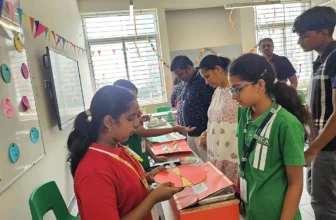
Write notes on Status of Sixth Schedule Areas about 150 words (10 Marks) Anthropology Optional Paper CSE 2024
Introduction
The Sixth Schedule of the Indian Constitution provides for the administration of tribal areas in four northeastern states: Assam, Meghalaya, Tripura, and Mizoram. It grants these regions a degree of autonomy through the establishment of Autonomous District Councils (ADCs), allowing for the protection of tribal culture, land rights, and customary practices. These councils have legislative, executive, and judicial powers within their respective regions, contributing to the unique governance structure in these areas.
Main Body
Under the Sixth Schedule, Autonomous District Councils can enact laws on matters such as land management, forest resources, inheritance, and social customs. These councils also have powers to collect certain taxes and oversee primary education, healthcare, and local infrastructure. This autonomy ensures that tribal populations maintain control over their own affairs, preserving their cultural and social identities.
However, challenges remain:
Governance and Corruption: Some ADCs face allegations of corruption and mismanagement, limiting their effectiveness.
Demands for Greater Autonomy: Some groups argue that the existing autonomy is insufficient, leading to periodic demands for statehood or amendments to enhance local powers.
Exclusion of Other Tribes: In some cases, non-scheduled tribes or non-tribal residents living in these areas feel politically marginalized.
Conclusion
The Sixth Schedule areas provide an important framework for self-governance and protection of tribal rights in northeastern India. While it has contributed to preserving tribal culture and identity, addressing issues of governance, accountability, and equitable inclusion within these areas is essential for its continued success and stability. The Sixth Schedule remains crucial for safeguarding the unique sociocultural fabric of these tribal regions.







